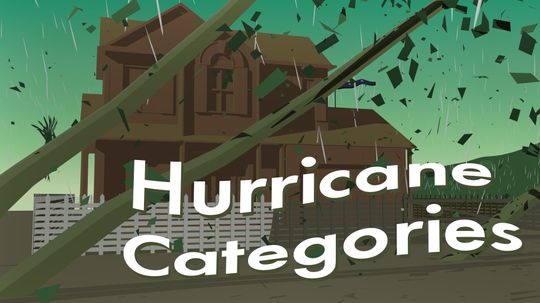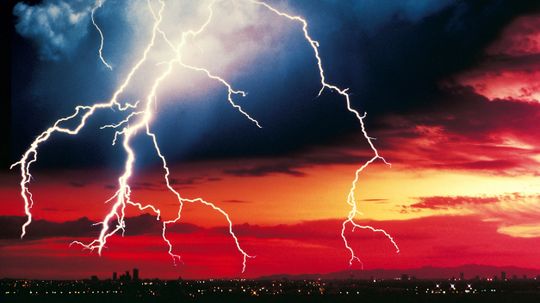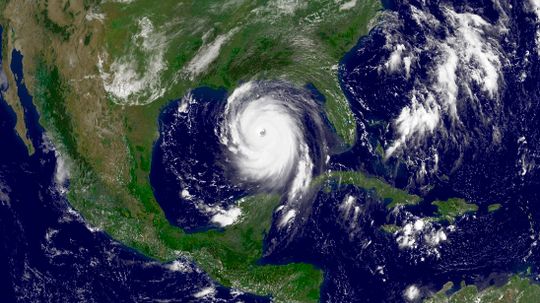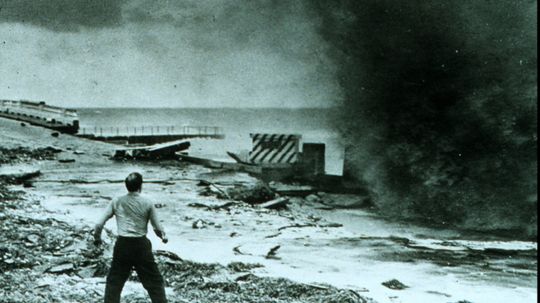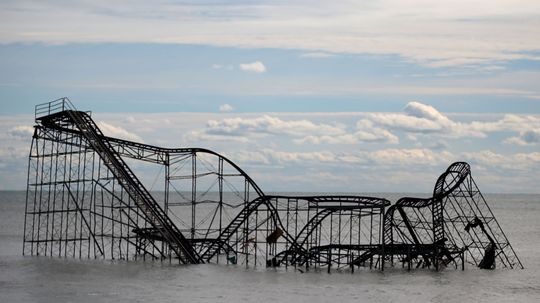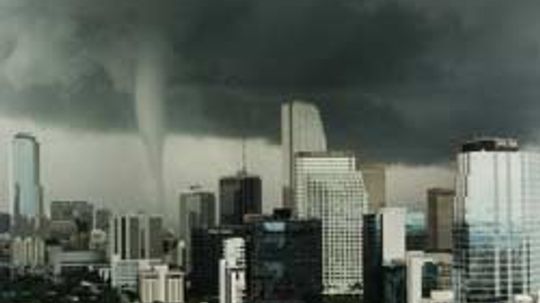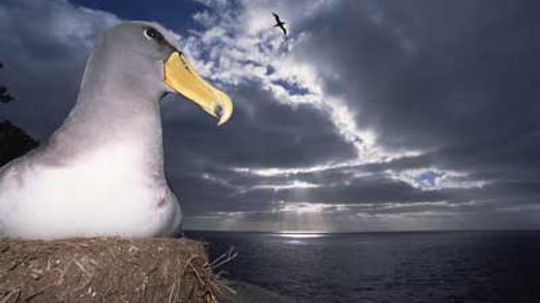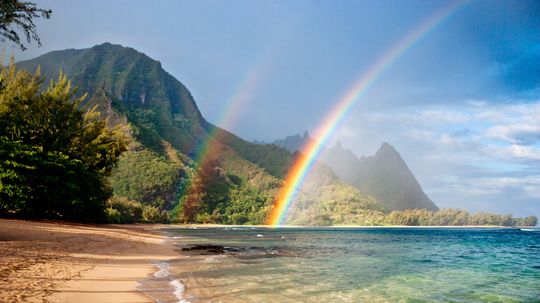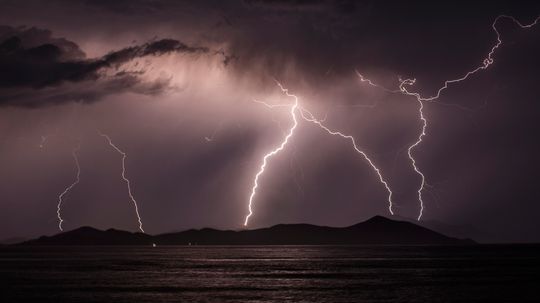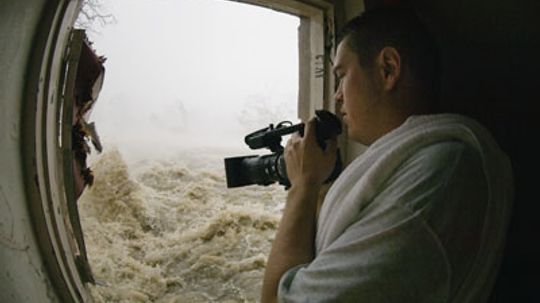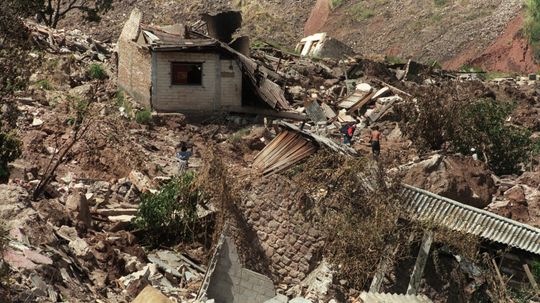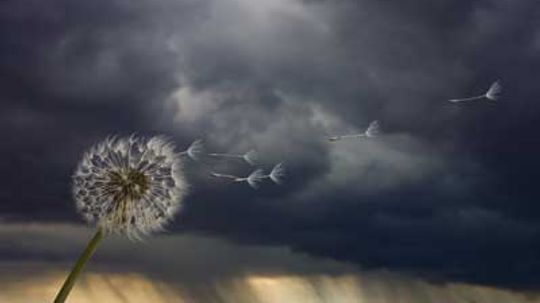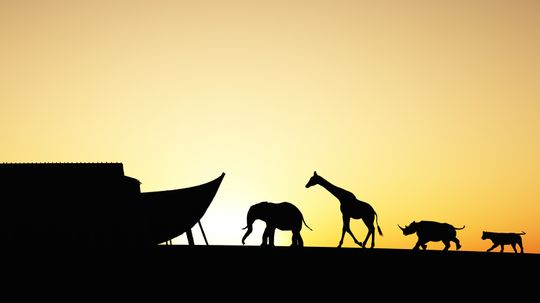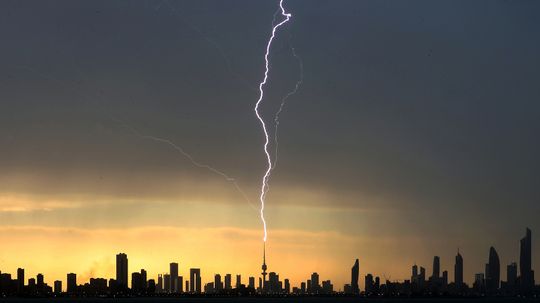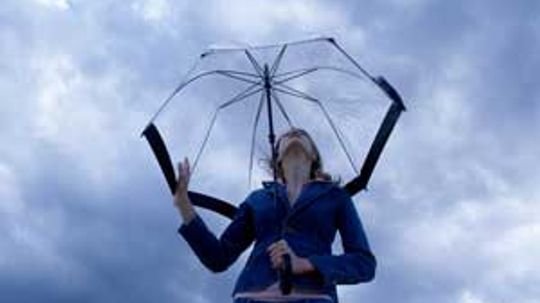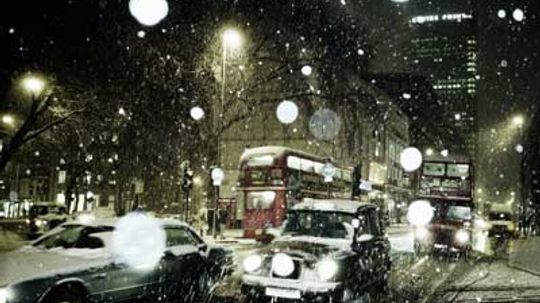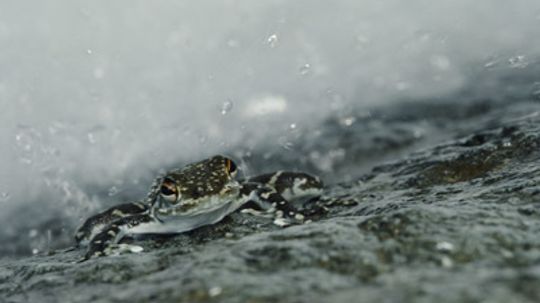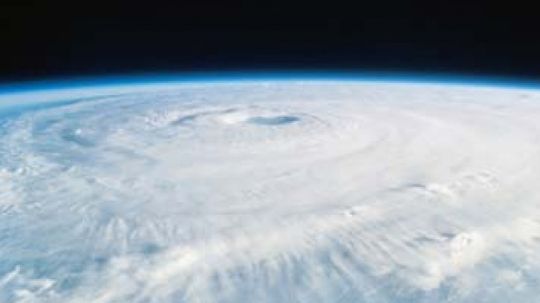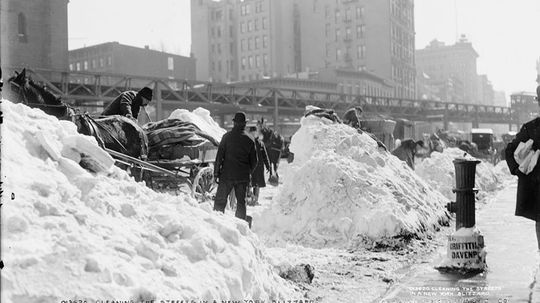Storms
Storms are a meteorological event that can be studied to advance the science of meteorology. The study of storms can potentially save lives as scientists gain a better understanding of their nature. Learn more about storms here.

14 Types of Clouds Drifting Across the Sky
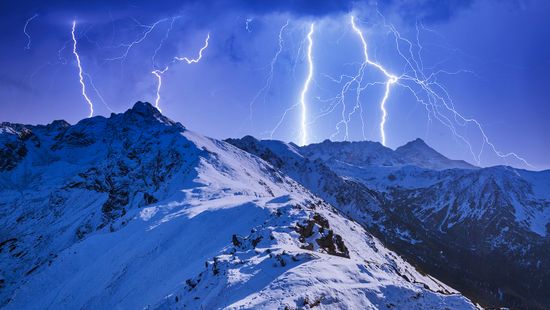
Thundersnow Only Occurs in 7 of Every 100,000 Thunder Storms
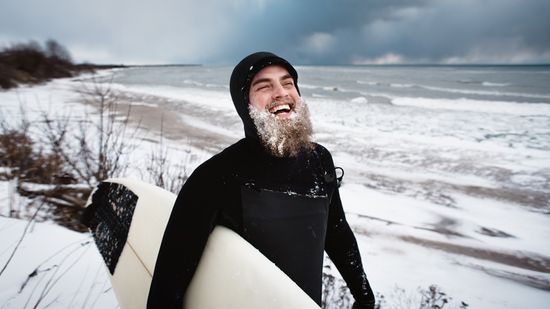
The Coldest Country in the World Is Below Freezing, on Average
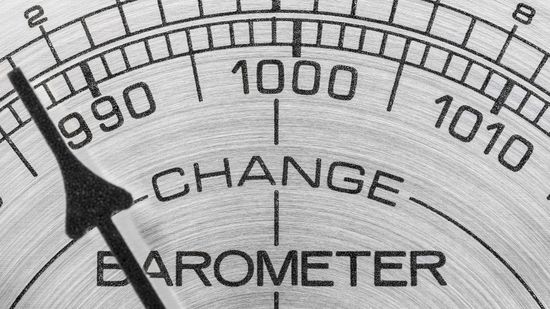
How Is Barometric Pressure Measured and Why?
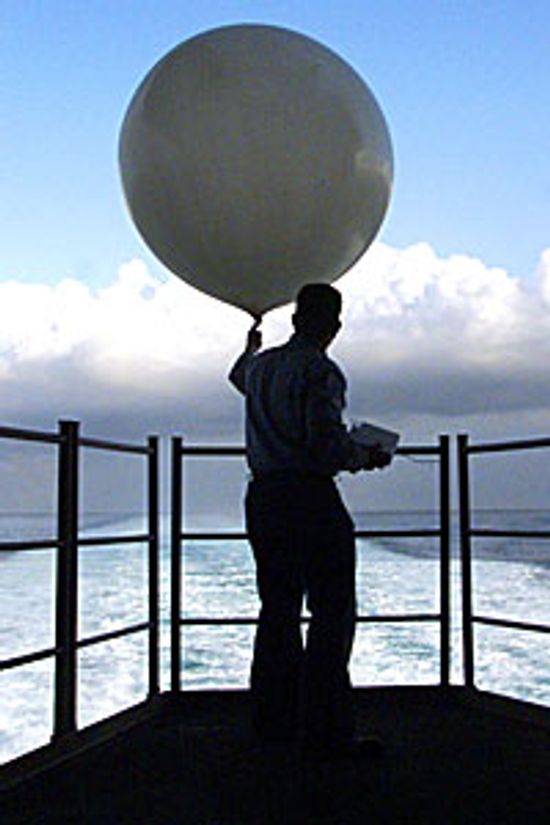
How a Weather Balloon Works?
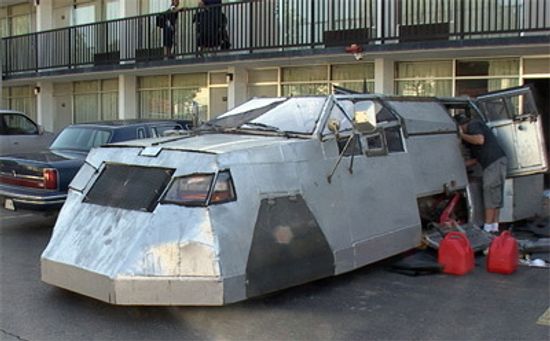
How the Tornado Intercept Vehicle Works

10 States With the Best Weather Year-round

Find the Best Weather in the U.S. in These 8 Cities

Can China control the weather?
Learn More
Hurricanes can range in strength from Category 1 all the way to Category 5. Learn more about hurricane categories in this HowStuffWorks Illustrated video.
There's a thunderstorm brewing with some serious lightning. Fortunately you're safe in your car because of its rubber wheels. Or are you? And let's not get started on your rubber-soled sneakers!
By Chris Opfer
Next time the cat starts sneezing, should you look for your umbrella or check her out for allergies? There are many superstitions out there about animals and weather prediction. Which ones hold water, and which ones are for the birds?
By Alia Hoyt
Advertisement
There are certain steps you should take to protect yourself, your family and your home during a disaster. These are not those steps.
The most damaging hurricanes usually have female names. Is this a case of gender bias, or is some other force at work?
A very strong storm doesn't automatically mean death or destruction. You can improve the odds of surviving intact with reinforcements to your home. Plus, scientists are improving their forecast methods. Let's look at high-tech and low-tech storm alerts.
What makes a nor'easter different from your run-of-the-mill winter storm? And which ones have done the most damage?
Advertisement
We all know it's a little cooler under a shady tree. But do trees have an effect on the five-day forecast, or even the global climate?
Thunderstorms are impressive and destructive elements of nature. This collection of images highlights some of the most spectacular features of storms.
By Rick Mayda
Can Fido predict an incoming tornado? If animals can predict the weather, do we stop trusting the weatherman and start visiting the zoo to get tomorrow's forecast?
You've heard the warnings about thunderstorms: Stay out of the tub, unplug your TV and don't call people from your land line. But can you really get struck by lightning while you're inside?
Advertisement
Rainbows are one of nature's most beautiful effects. Have you ever wondered how the colors end up in seemingly perfect bands? And, what about double rainbows -- how does that happen? Find out how rain and sun can align to put color in the sky.
By Tom Harris
Around 1,800 thunderstorms are occurring on the Earth at any given time. But how do they form, and what causes them?
If a tornado was heading your way, you'd probably head for the hills. But for some people, it's just the beginning of a chase.
Witch homicide aside, Dorothy was lucky that her home safely traveled to Oz after the tornado. Many people who lived through the storms on our list were left with nothing.
Advertisement
The birds stop chirping, and the wind chimes are silent. This eerie calm that's invaded your neighborhood is just a temporary pause before the shrills and shrieks of the incoming storm.
Many cultures have a flood myth -- an ancient story of a deluge that swallowed the Earth. So could a great flood really have happened, and how would we be able to tell?
It may seem like a perfectly reckless display of aeronautical wiles, but guiding an airplane into a swirling beast of a hurricane gleans data that can save lives. The only question is, who were the crazy mavericks who attempted it first?
By Josh Clark
Being struck by lightning is a little more complicated than a sudden collision with a flash of light from the sky, and not all strikes are equally lethal.
Advertisement
Whether you're planning an outdoor wedding or a Saturday morning tag sale, it's nice to know ahead of time what the sky is going to do. But does checking the 10-day forecast do any more good than praying for sunshine?
By Robert Lamb
Before barometers and thermometers, people looked to the land and local lore to predict rain or shine. Have sophisticated statistical models and measuring tools changed the art of forecasting the weather that much?
By Robert Lamb
A heavy rain in which frogs come plummeting down isn't a pretty sight, but it happens more often than you'd think. Why do animals sometimes fall from the sky?
By Julia Layton
You may have heard that you can figure out how far away lightning is by how long it takes for the thunder to arrive after you see the flash. Is this true? How do you calculate it?
Advertisement
Is hurricane intensity increasing? It all depends on who you ask. How have scientists come to so many different conclusions about the ferocity of these seasonal storms?
Heavy snowfall is just one mark of a bad snowstorm. But the biggest snowstorms of all time also brought strong winds and in some cases, major power outages.
